We will discuss Classic Tabby vs Mackerel Tabby pattern as they are very famous and mostly confused. But, not anymore because we will differentiate both of them.
Basically, in their physical appearance, you can easily distinguish both cats. Classic tabby has dark patches they are in swirls also called bull eyes. Their back has a butterfly pattern.
However, Mackerel patterns have narrow stripes they often look like a tiger. They have a background of gray or orange hue. This tabby gene is stronger than the classic tabby gene. Often, The broken pattern of a mackerel tabby is often mistaken for a spotted tabby.
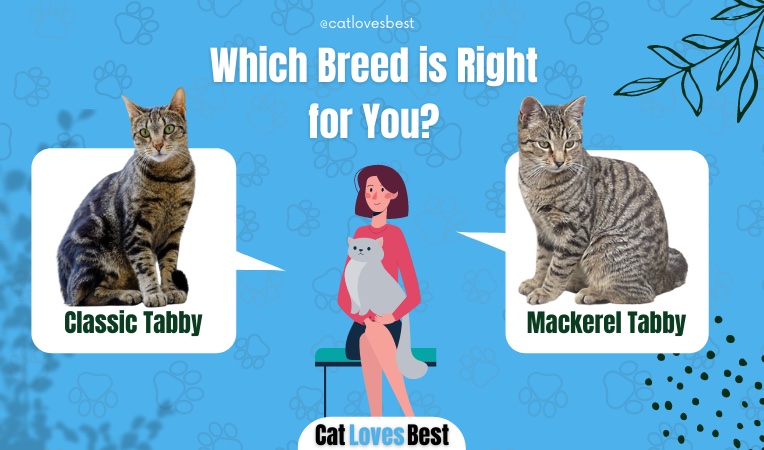
At a Glance: Classic Tabby vs Mackerel Tabby Table
| Factors | Classic Tabby | Mackerel Tabby |
|---|---|---|
| Height | 10-16 inches | 12-16 inches |
| Weight | 8-12 pounds | 8-12 pounds |
| Purebred Cost | $700-$1500 | $700-$1500 |
| Activity level | 30 minutes or one hour a day | 30 minutes or one hour a day |
| Temperament | Often friendly and affectionated | Mostly friendly and affectionated |
| Grooming | Average | Average |
| Life expectancy | 15-20 years | 14-20 years |
Difference of Classic Tabby vs Mackerel Tabby
There are 4 types of tabby coat patterns, and we will be discussing the classic tabby patterns and mackerel tabby patterns. The basic difference between these cats is the pattern made on their fur.
Classic tabby known as blotched or marbled has a light background and swirls and lines that are not broken. Whereas Mackerel tabbies have narrow and dark strips which often resemble are tiger stripes pattern.
1. Characteristics, Temperament, and Behavior
Generally, classic tabby pattern cats are smart felines. They are quite friendly and social too.
These are quite basic and normal features of a feline but many parents believe that classic tabby is big-hearted, loving, and warm felines.
These are energetic and even if they get irritated they won’t lose their temper easily. You won’t find them moody too. They love their company and the social feature of this cat type makes them great friends and good companions.
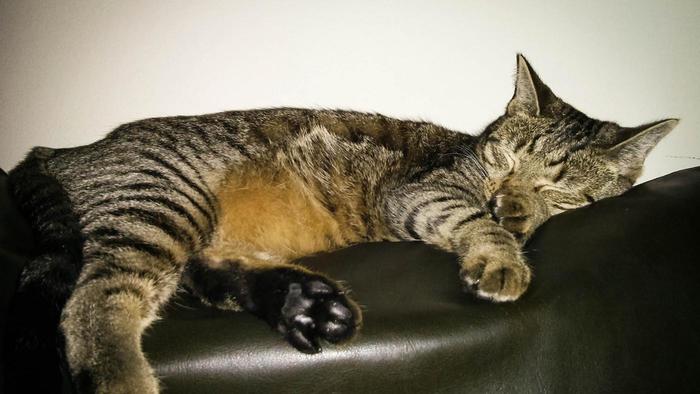
You don’t have to worry about them, they can easily fit into your family. The average height of these types of cat mostly ranges from 10-16 inches and weight lie somewhere in between 8-12 pounds.
Talking about Mackerel tabby personality they are also benevolent and social cat types.
The recessive gene responsible for their distinctive patterning has developed alongside humans for a long time. They are intelligent, trainable, and personality cats who make wonderful family pets regardless of breed.
However, more often Ginger or Red Mackerel Tabby cats are domineering and fiery sometimes. Although this is due to the coat color genetics and not due to the tabby pattern.
Mackerel tabby patterns cats are 12 to16 inches in height and their weight lies in between 8 and 12 pounds. Black Mackerel tabbies are brown or bronze in color with black spots over a brown or brownish base color.
2. Grooming Needs
You have to regularly brush Mackerel tabbies to prevent mat and to distribute the oil through their fur so that they don’t shed their undercoat fur. Also, make sure to clean them regularly especially during the high shedding periods.
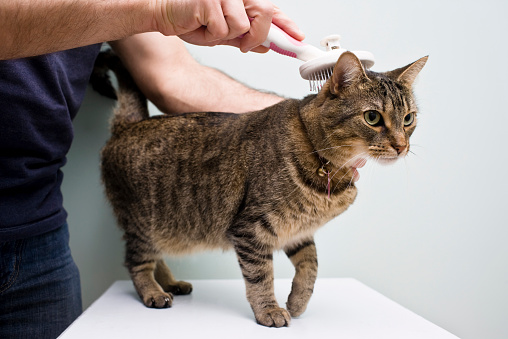
Even classic tabby cats need brushing in their daily regime to control shedding. They highly shed their fur in the spring and autumn seasons. Make sure to clean and bathe classic tabbies at least once a month and brush their hair daily to prevent shedding. And, give enough water to drink.
3. Activity Level and Cost
Irrespective of breed or pattern marking all cats need daily physical exercise in their daily regime, so they can live a happy and healthier life. You have to make sure that you take your classic tabby cat for at least a 30minutes exercise session in a single day.
They are in general quite energetic and playful cats, and they can be easily house trained in less time.
Whereas Mackerel tabbies also require daily exercise to stay active. They are quite playful you can include run and chase games or games which include hunting.
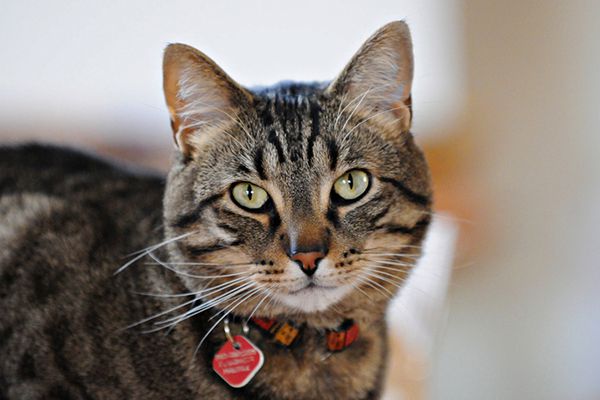
Ideally, 30 minutes of daily exercise is more than enough for them, but it also depends on their size, age and breed too.
Both the cats can cost you sometimes less than $100 or $100 and if it is purebred then it can cost you in the range of $700-$1500.
4. Diet and Lifespan
Make sure to feed good and high-quality food to Mackerel tabbies they require their major body nourishment from meat. As cats are obligated carnivorous animals they must have enough meat protein and amino acids in their diet. If you are not sure about the feeding mackerel tabby ask the vet he will suggest food as per her age, weight, and body.
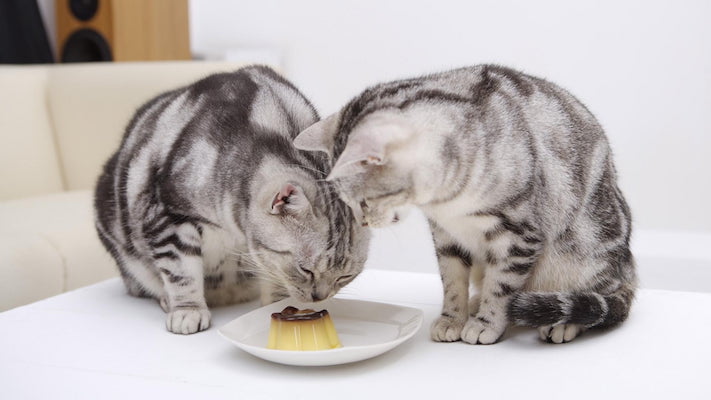
Similarly, classic tabby cats should also be fed with the right vitamins and minerals. They should get enough protein and nutrients to keep their fur shiny and body healthy. You can feed them cooked eggs, liver, lamb, and skinless chicken for the right amino acids. Basically include 1/3 to 1/2 cup of food each day.
The life expectancy of classic or mackerel tabby is similar. The lifespan of a classic tabby cat is 15-20 years and a Mackerel tabby is 14-20 years.
Which One Should You Buy?
Both the cat’s genes are great companions, social and smart feline. Classic tabby will easily become part of your family, and they are easily trainable too.
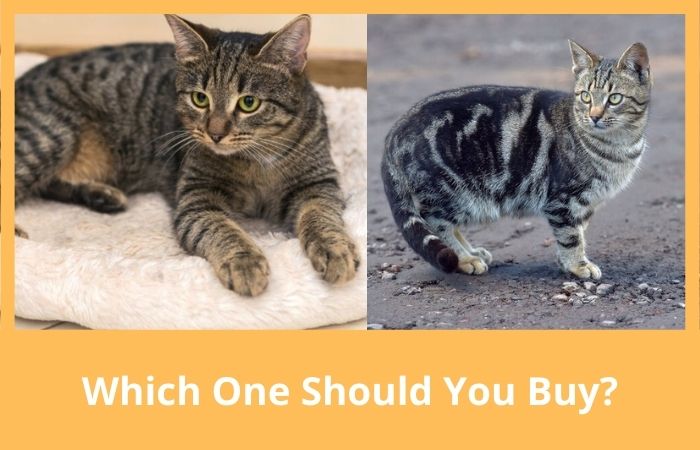
On the other hand, Mackerel pattern cats are generally slightly less affectionate but that doesn’t mean they don’t love their hooman.
You can go for any of them. Both of the cats are great companions.
Well, That’s a Wrap!
Tabby is a very famous pattern and not a breed. Most people think tabby is a breed but no it is just a pattern formed on their coat.
We have discussed Classic Tabby vs Mackerel Tabby pattern in this article. Both cats belong to the same family, but they are different physical appearances.
Mackerel tabby pattern is characterized by tiger likes looks they have a height of 12-16 inches and classic tabby markings have concentric swirls, and on the backside, they have a butterfly-like pattern. You can see spotted bellies and striped bands.
References
- Tabby cat — Wikipedia
- Now We Know How Tabby Cats Get Their Stripes — National Geographic
- 5 Facts About Tabby Cats — Cat Town

